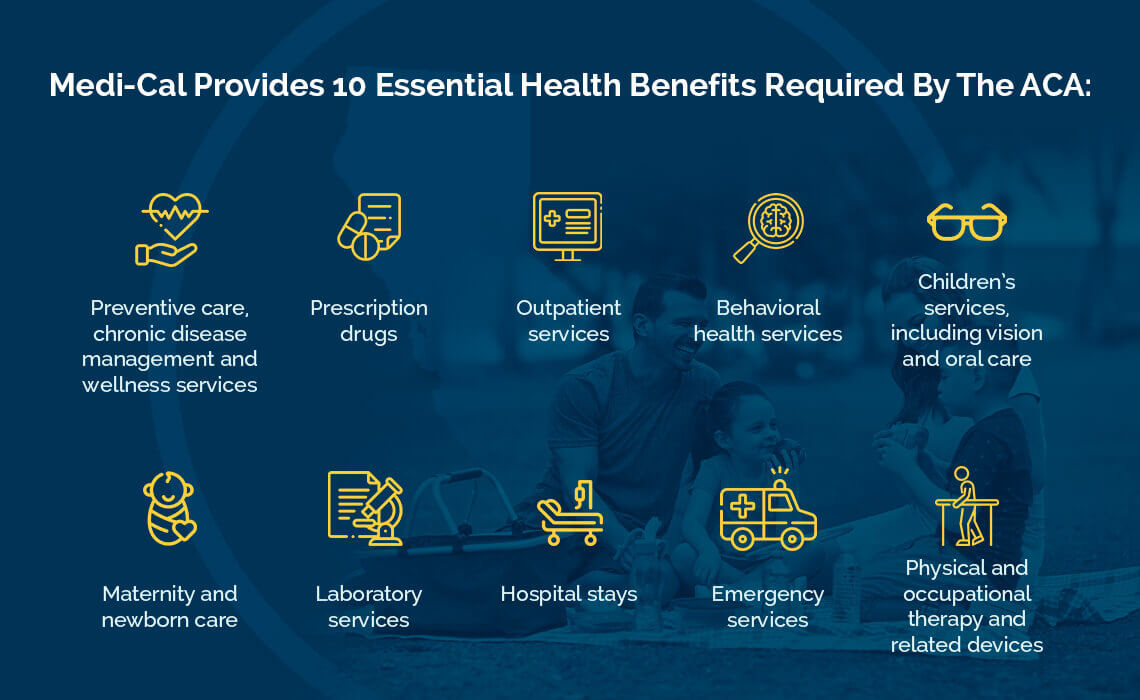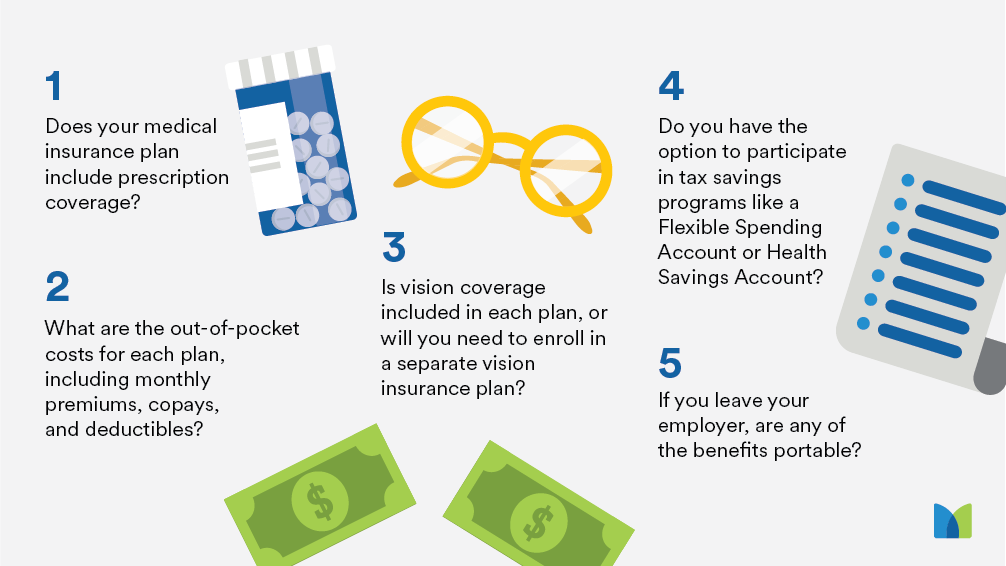An Unbiased View of Medicare Advantage Agent
Table of ContentsSome Known Details About Medicare Advantage Agent Getting My Medicare Advantage Agent To WorkMedicare Advantage Agent Can Be Fun For Everyone

adheres to from perplexing the relatively young age account of the without insurance with the far better health and wellness, generally, of more youthful persons. This covers the link between health condition and medical insurance. For those without access to work environment medical insurance, poor wellness is a prospective barrier to acquiring nongroup protection because such protection may be very priced, leave out pre-existing problems, or be simply unavailable. The number of without insurance Americans is not particularly big and has not transformed in recent years. 7 out of 10 participants in a country wide depictive study thought that less Americans did not have medical insurance than in fact do(Fronstin, 1998). Roughly half(47 percent )thought that the number of individuals without medical insurance decreased or continued to be consistent over the last fifty percent of the last years(Blendon et al., 1999). This decline of almost 2 million in the variety of people 'without insurance coverage (a reduction
of about 4 percent)is absolutely a favorable modification. With a softer economic climate in 2000 the most up to date reported gains in insurance coverage may not proceed(Fronstin, 2001 ). The decline in the number of uninsured will not continue if the economy stays slow-moving and healthcare expenses remain to outmatch inflation. This is since the data were collected for a period of solid economic efficiency. Of the estimated 42 million people who were uninsured, almost regarding 420,000(about 1 percent)were under 65 years of age, the age at which most Americans become qualified for Medicare; 32 million were grownups between ages 18 and 65, about 19 percent of all adults in this age; and 10 million were kids under 18 years of age, regarding 13.9 percent of all kids (Mills, 2000). These quotes of the number of individuals uninsured are created from the yearly March Supplement to the Existing Population Study (CPS), performed by the Census Bureau. Unless otherwise kept in mind, nationwide estimates of people without medical insurance and proportions of the populace with various kinds of coverage are based upon the CPS, one of the most commonly used source of price quotes of insurance coverage and uninsurance prices. These surveys and the quotes they produce are described briefly in Table B. 1 in Appendix B - Medicare Advantage Agent. These studies vary in dimension and tasting approaches, the concerns that are inquired about insurance policy
The Ultimate Guide To Medicare Advantage Agent
protection, and the moment duration over which insurance policy coverage or uninsurance is determined(Lewis et al., 1998, Fronstin, 2000a ). Still, the CPS is especially helpful due to the fact that it creates yearly estimates reasonably rapidly, reporting the previous year's insurance policy protection approximates each September, and since it is the basis for a regular set of quotes for even more than 20 years, enabling evaluation of fads in protection in time.

Getting My Medicare Advantage Agent To Work
Over a three-year period starting early in 1993, 72 million people, 29 percent of the united state populace, lacked coverage for at least one month. Within a solitary year(1994), 53 million people experienced at the very least a month without coverage(Bennefield, 1998a). Six out of every ten without insurance grownups are themselves employed. Working does enhance the probability that one and one's family participants will have insurance, it is not a warranty. Also participants view of families with two full time breadwinner have virtually a one-in-ten chance of being without insurance (9.1 percent uninsured rate)(Hoffman and Pohl, 2000 ). The connection in between medical insurance and access to care is well established, as recorded later on in this phase. The relationship between wellness insurance policy and wellness outcomes is neither straight nor basic, an extensive scientific and health solutions study literature web links health insurance protection
to improved better accessibility care, better much better, and improved enhanced and population health wellnessCondition The 2nd record, on individual health and wellness outcomes for without insurance adults, is represented by the innermost circle of the number, while the 3rd report, on household well-being, incorporates the subjects of the 2nd record yet emphasizes a different system of evaluation, namely, the family. The sixth record in the collection will offer information about approaches and initiatives taken on in your area, statewide, or across the country to address the lack of insurance policy and its unfavorable influences. Levels of evaluation for examining the impacts of uninsurance. This conversation of medical insurance protection focuses mostly on the U.S. population under age 65 because basically all Americans 65 and older have Medicare or other public coverage.
It concentrates particularly on those without any type of health and wellness insurance policy for any type of size of time. The troubles encountered by the underinsured are in some respects similar to those encountered by the without insurance, although they are generally less serious. Uninsurance and underinsurance, however, entail clearly different plan concerns, and the approaches for resolving them might differ. Throughout this study and the five records to adhere to, the primary emphasis gets on persons with no medical insurance and hence no aid in spending for wellness care beyond what is offered through charity and safeguard institutions. Health and wellness insurance coverage is a powerful variable impacting invoice of treatment since both patients and physicians reply to the out-of-pocket cost of services. Medical insurance, nonetheless, is neither required neither adequate to get access to medical solutions. Nonetheless, the independent and straight result of wellness
insurance protection on access to health and wellness services is well established. Others will get the healthcare they require even without health insurance coverage, by spending for it out of pocket or seeking it from providers who supply treatment cost-free or at highly subsidized prices. For still others, medical insurance alone does not ensure invoice of treatment due to various content other nonfinancial barriers, such as an absence of health and wellness care suppliers in their community, minimal accessibility to transport, illiteracy, or linguistic and social distinctions. Formal research regarding without insurance populaces in the United States dates to the late 1920s and early 1930s when the Board on the Price of Treatment produced a series of reports regarding funding medical professional office visits and hospitalizations. This problem became salient as the numbers of clinically indigent climbed up throughout the Great Clinical depression. Empirical research studies constantly sustain the web link in between accessibility original site to care and boosted health results(Bindman et al., 1995; Starfield, 1995 ). Having a routine source of care can be thought about a forecaster of gain access to, instead than a straight action of it, when wellness end results are themselves made use of as accessibility signs. This extension of the concept of access dimension was made by the IOM Board on Monitoring Accessibility to Personal Health And Wellness Treatment Services(Millman, 1993, p. Whether or not parents are guaranteed appears to influence whether their kids receive care in addition to just how much careeven if the kids themselves have protection(Hanson, 1998). The health and wellness of parents can affect their ability to take care of their children and the level of family members tension. Fretting about their children's accessibility to care is itself a source of stress for moms and dads. Three chapters comply with in this record. Chapter 2 provides a review of exactly how employment-based medical insurance, public programs and individual insurance plan operate and interact to provide considerable but insufficient protection of the U.S. populace. This includes an evaluation of historic patterns and public plans impacting both public and exclusive insurance policy, a conversation of the communications amongst the different kinds of insurance policy, and an assessment of why people move from one program to another or wind up
